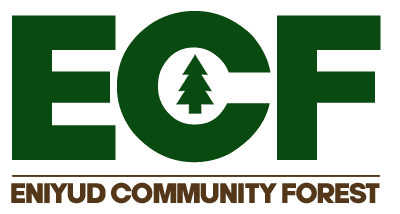Management Objectives, Strategies & Values
– from the Community Forest Management Plan (2008)
- Timber Harvesting
- Maintain a Sustainable Timber Supply
- Revenue (Profit) from timber harvesting will fund community-based initiatives
- Manage in a manner that promotes long term forest health
- Diversity Product, resource and land use potential
- Practice Environmental Stewardship
- Plan Road systems to maximize their utility and efficiency but mitigate detriment
- Tourism and Recreation Resources
- Maintain existing and identify potential recreation and tourism opportunities
- Maintain visual resources
- Biological Diversity
- Maintain a diverse presence of biological species and their associated habitats
- Protect rare or threatened ecosystems, species, or plant communities
- Protect the integrity and productivity of forest soils
- Fish and Wildlife Habitat
- Provide sufficient habitat of quality required to support healthy fish wildlife populations
- Protection of hunting and fishing sites
- Water Quality
- Protect water quality
- Identify and Classify water resource
- Prevent sedimentation and erosion
- Botanical Products
- No objectives at this time, however, development of botanicals will not proceed without objectives.
- No objectives at this time, however, development of botanicals will not proceed without objectives.
- Cultural Resources
- Protection of cultural and heritage resources
- Local historical features of interest
- Support traditional sustenance use
- Education and Research
- Attract research projects that would aid in the management and promotion of the community forest
- Identify educational and training opportunities for an array of community members, and organizations
- Forest Health and Pest Management
- Plans will be developed for geographic locations and specific forest health agents
- Plans will be developed for geographic locations and specific forest health agents
- Silviculture
- Follow all current regulatory requirements as well as the need to proactively plan for healthy forested stands and economically appropriate rotation ages, while considering climate factors and adaptive management.
- Follow all current regulatory requirements as well as the need to proactively plan for healthy forested stands and economically appropriate rotation ages, while considering climate factors and adaptive management.
- Roads and Access Structures
- TRA Access Management Recommendations (2004) will guide the development, maintenance and deactivation of roads and access structures.
- Consider stakeholders input

